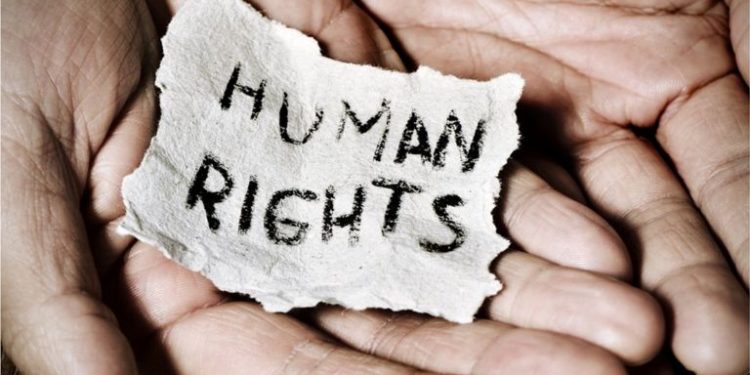In order to have full access of this Article HUMAN RIGHTS, please email us on thedocumentco@hotmail.co.uk
The most important sociological and political event following the turn of the twentieth century is the international effort to determine and protect human rights. Because of various activities, treaties and international agreements following World War I and World War II and various other wars like the war in Vietnam, the Cold War, and various other international wars and fights for independence, the concepts of human rights and liberties are no longer left abstract.
It is now a universally held belief that all human beings are born with an equal degree of freedom, rights and liberties. Included among the rights and liberties specifically emphasised in international documents are the rights to life; to pursue a life without torture or suffering inhuman or degrading treatment or punishment; to equality before the law, being assumed innocent unless judged otherwise; to protection of one’s dignity and maintaining self-respect in the face of aggression; to freedom of thought, religion, practices and conscience; to disseminate thought without being constrained by national borders; to ownership; the provision of state security for all; of unarmed and non-aggravated public assembly; to the freedom to establish an association or a union; of education and of political elections through popular representation.
INTRODUCTION
Right to Life is considered as one of the primordial Human Rights. The importance of right to life can be judged simply on this basis that there are diversified views of the leaders of the world regarding almost every issue about Human Rights concern. However, they agree in principle that the individuals and their lives, irrespective of their race, color, language and nationality, should be saved and protected and they should be honored and respected.[1]
The right to life is one of the most fundamental of human rights, crucial to enjoy all other. International human rights law recognizes this basic right as being acquired at birth, and regional and international human rights bodies, parties, NGOs as well as courts worldwide, have clearly established that any such protection, before or after birth, must be consistent with human rights.[2]
Protecting the right to life is no doubt one of the most pivotal point in the concept of the safeguarding of human rights. Physical survival is a prerequisite for benefiting from various rights and liberties included in the European Convention for Human Rights and other international documents. For this reason, those framing the Universal Declaration of Human Rights gave primary emphasis to the protection of human life in general and made direct reference to everyone’s right to life. The United Nations adopted the Universal Declaration of Human Rights in 1948 and the International Convention on Personal and Political Rights, which reaffirms the same idea in 1966.[3]
The same provision, expressed as “Everyone’s right to life shall be protected by law” is included in Article 2 of the European Convention for Rights.
The declaration is intuitively simple; unless one is alive, there is no practical way to be able to claim any other right. If one no longer exists, one cannot speak or protest or file a lawsuit or pretty much do anything. Thus, the right to life—the right not to be arbitrarily damaged or slain— is the prerequisite to and the foundation of every other kind of right. Nothing can be recognised and respected in society and in the courts as “human rights” unless the right to life, the most basic of human rights, is respected and understood.[4]
Restriction on the right to life: Death Penalty
According to the Article 2/1 of the European Convention for Human Rights which states about everyone’s right to life to be protected by the law,
“Everyone’s right to life shall be protected by law. No one shall be deprived of his life intentionally save in the execution of a sentence of a court following his conviction of a crime for which this penalty is provided by law.”
Thus, the Convention has been made contingent on two fundamental factors to execute a death penalty. One, if it needs to exist the death penalty must be provided by the law and second, only a court can issue the death penalty.
In other words, no one other than the courts, whatever its function or status, can determine or conclude whether or not a crime has been committed, or if it is punishable by death, a trial is necessary; one cannot pass a verdict without a trial.
For passing on the death penalty, there must be a reasonable strength and gravity based on the crime and must fixate between the balance of punishments by other decreed crimes. Otherwise, a situation that is in conflict with the purpose of the Convention, whose primary goal is the protection of the right to life, will transpire…


Recent Comments